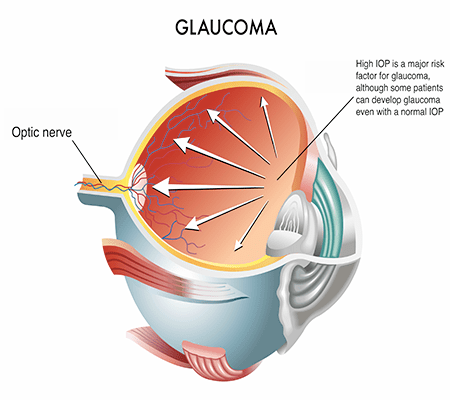How Mastel’s UltraThin Diamond Blades have lowered the chances of elevated IOP [Retrospective Study]
Elevated Intraocular pressure is a burden and danger to Ophthalmologists worldwide. Complications with some procedures will cause that patient to develop glaucoma from elevated intraocular pressure and if it goes untreated, will lead to blindness. In this post we discuss elevated intraocular pressure (ocular hypertension or IOP) and how Mastel’s UltraThin diamond blades have minimized ocular hypertension in surgeries.
Danger of Elevated Intraocular Pressure
When pressure from the aqueous humor in the eye begins to not drain properly out the trabecular mesh-work, that fluid will build up causing strain on the eye and damaging the optic nerve leading to potential blindness. High pressure in the eye can go unnoticed.
Pressure in the eye is measured with millimeters of mercury. Normal eye pressure is between 10-20mmHg. Too low, (less than 6mmHg) and the eye develops ocular hypotony which causes several distortions in the eye, and degrading vision. Ocular hypertension is considered greater than 21mmHg, and causes damage to the optic nerve and may lead to glaucoma.
What causes Ocular Hypertension
Ocular hypertension is common in:
- Persons families that have a history of glaucoma
- who have high blood pressure or diabetes
- who are very myopic (nearsighted), and
- who have had eye surgeries or injuries.
Mastel’s UltraThin Diamond Blades have lowered the chances of elevated Intraocular Pressure [Retrospective study]
Christoph F. Kranemann, MD and a team from Clearview Institute, Toronto, Ontario conducted a retrospective study where two groups of patients who underwent clear corneal phacoemulsification to compare incision technologies. The first group’s main and side port incisions were created with an UltraThin Mastel diamond blade. The Second group’s main and side port incisions were created with a disposable metal keratome.
The first group had no postoperative wound leaks, and the mean IOP 8 hours after surgery was 19.2mmHg, still in the normal range for eye pressure.
The Second group, that used disposable metal keratomes for both incisions had a total of 9 wound leaks and the mean IOP 8 hours post-op was 21.6mmHg, high enough to be considered ocular hypertension. Only 4.55% of the first group experienced an early IOP spike, while 10.18% of the second group experienced an early IOP spike. [View Study]
At the conclusion of this study Dr. Kranemann and his team stated: “the use of Mastel diamonds for the incision significantly reduced the rate of wound leaks and the amount of wound hydration resulting in lower early postoperative IOP’s and potentially dangerous IOP spikes”. [View Study]
Conclusion
Elevated intraocular pressure can be caused by the integrity of material used in making incisions. Mastel offers Ophthalmologists the opportunity to equip themselves with a more efficient alternative than standard disposable steel blades. Mastel’s ultrathin diamond knives may be a more expensive investment but the quality, life, and service provided is un-matched. Mastel continues to produce the premium ultrathin diamond blades that have been serving Ophthalmologists since the 1990’s.
For any other questions, comments, concerns contact a Mastel Customer Service Representative through our Contact Page.
You can also find and follow us on Facebook, Instagram, and Twitter for weekly announcements about what is going on at Mastel Precision Surgical Instruments.

